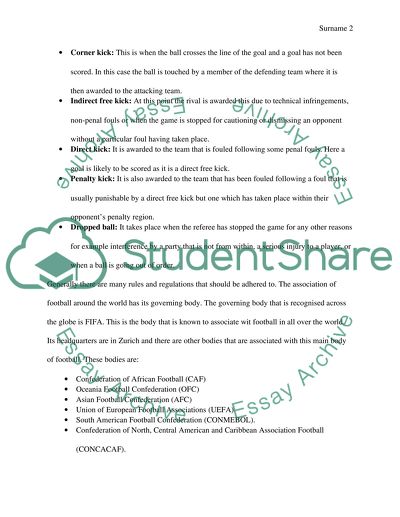Cite this document
(“The Physics of Soccer Essay Example | Topics and Well Written Essays - 2250 words”, n.d.)
Retrieved from https://studentshare.org/sports-and-recreation/1477088-the-physics-of-soccer
Retrieved from https://studentshare.org/sports-and-recreation/1477088-the-physics-of-soccer
(The Physics of Soccer Essay Example | Topics and Well Written Essays - 2250 Words)
https://studentshare.org/sports-and-recreation/1477088-the-physics-of-soccer.
https://studentshare.org/sports-and-recreation/1477088-the-physics-of-soccer.
“The Physics of Soccer Essay Example | Topics and Well Written Essays - 2250 Words”, n.d. https://studentshare.org/sports-and-recreation/1477088-the-physics-of-soccer.


